"Don’t yank the wheel. Tell me how that works out for you if you do…” The message from Doug Foley, former drag racer turned drag racing tutor, is plain: if I make too much of an impression on the steering wheel of the dragster I’ll shortly be driving down the Las Vegas Motor Speedway strip, the ambulance crew at the end of it should cancel any dinner plans.
I’m in Vegas to be taught by Foley and his team how to be a drag racer, keeping that wheel straight and all. It’s an experience he’s offered through his company, Pure Speed, at the speedway since 1999 after an eight-year professional career as a top-fuel drag racer ended.
Foley’s dragsters are entry-level cars in the drag racing fraternity but look more than grown-up enough when I clap eyes on one under the speedway lights for the first time. Well, after my eyes have stopped watering from the fuel being burned off from the big boys in the top-fuel and funny car dragsters doing practice runs, some breaking the 4.0sec barrier for the quarter mile at speeds of more than 320mph. My eyes might recover, but my ears are still ringing. Thank heavens for the ear defenders.
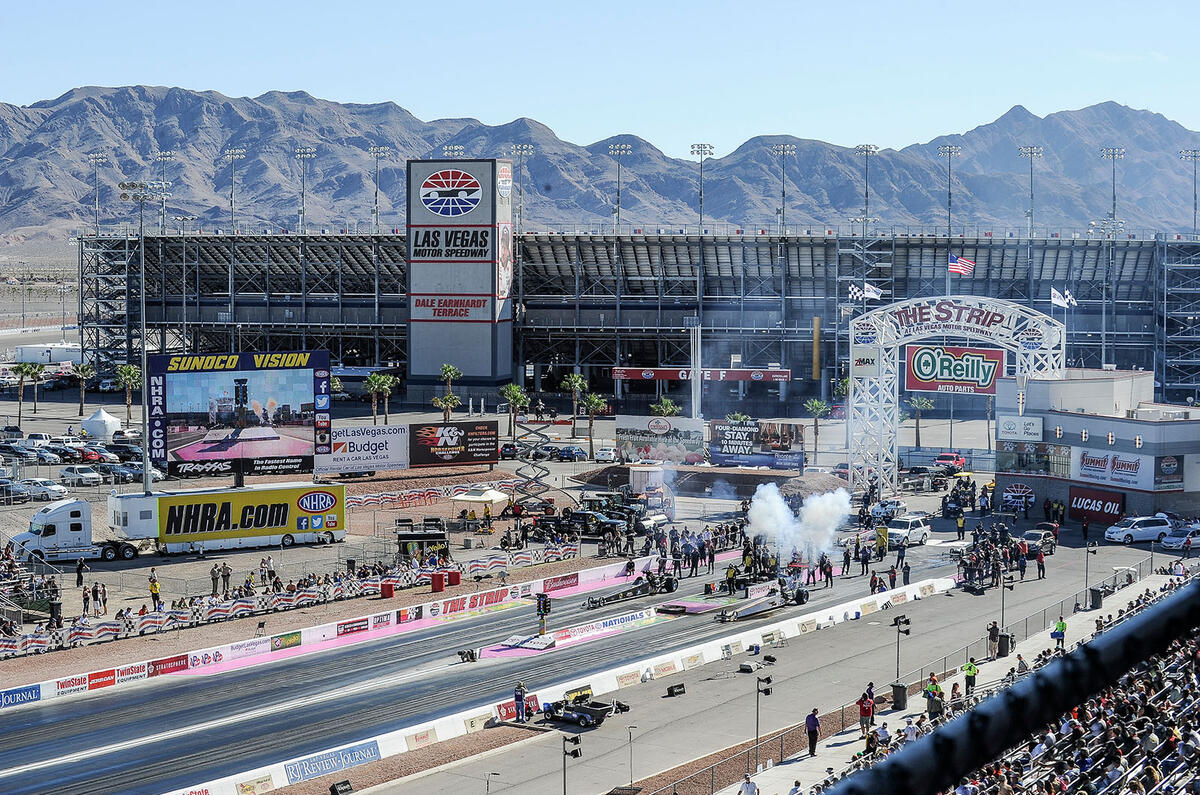
Anyway, Foley’s more ‘sedate’ cars are purpose-built to a 4.5-metre-long wheelbase specification, power coming from a water-cooled 500bhp 6.6-litre V8 that revs to 7500rpm. The car weighs just 680kg and should be capable of the quarter-mile run in around 10.0sec at a speed of 130mph across the line. That’s more than fast enough for me.
There’s remarkably little science involved in driving one. There are two pedals: an accelerator for your right foot and for your left a brake, which I’m advised against using because it will unsettle the car. Hmmm.
The transmission is a self-shifting electronic two-speed unit. So when you’re on the start line, you floor it and go. And don’t touch the steering wheel. “Just assume it will go straight,” says Foley. “Don’t anticipate something that’s not happening.”

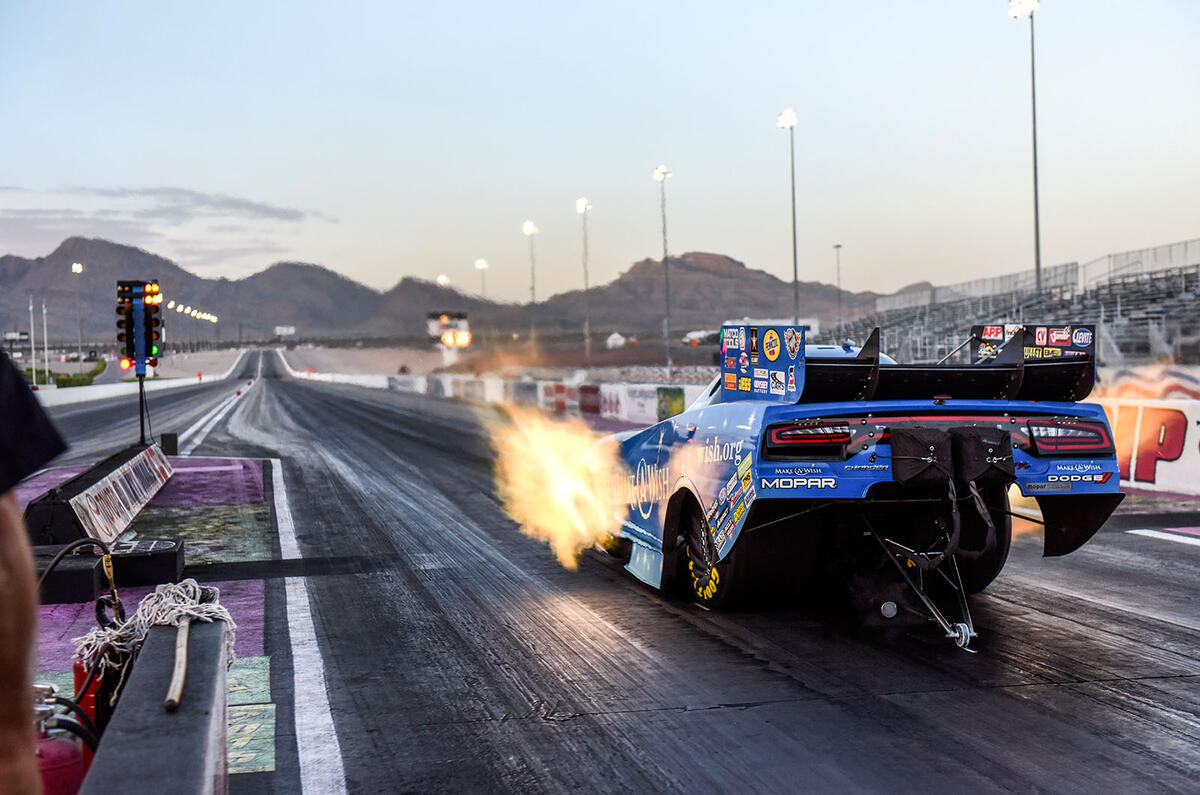
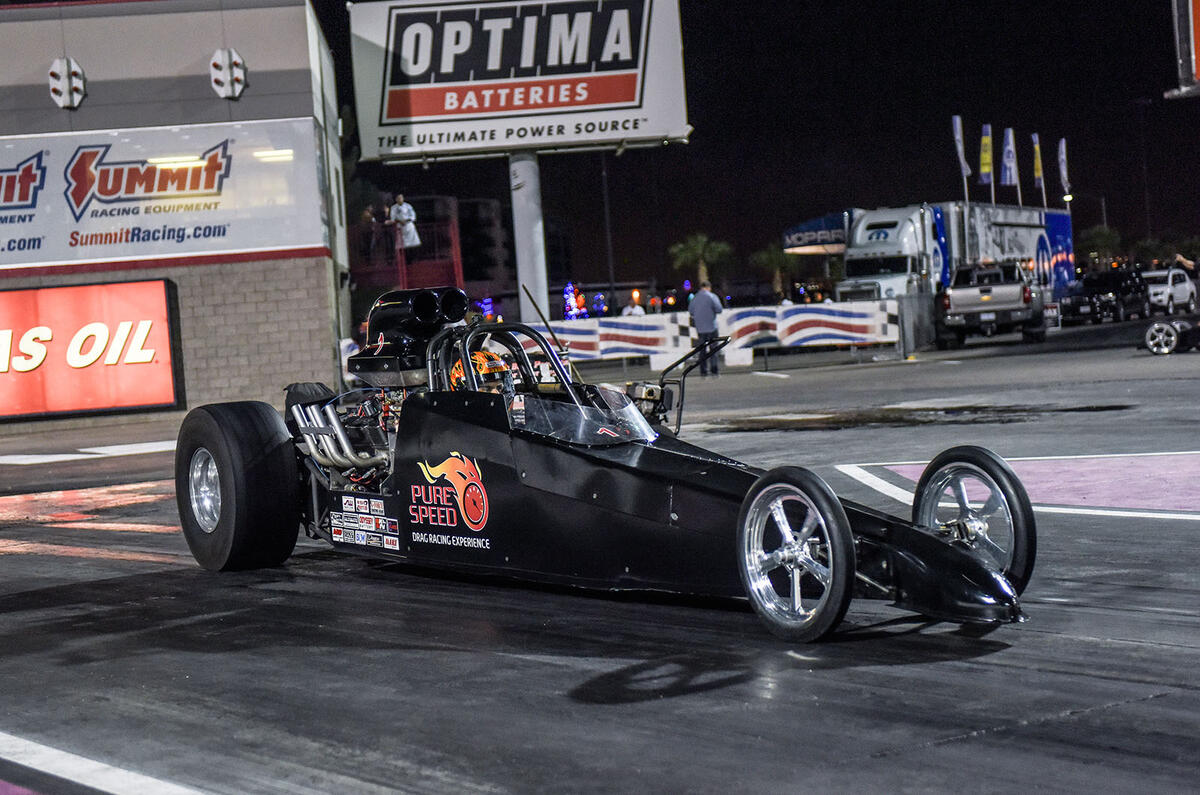
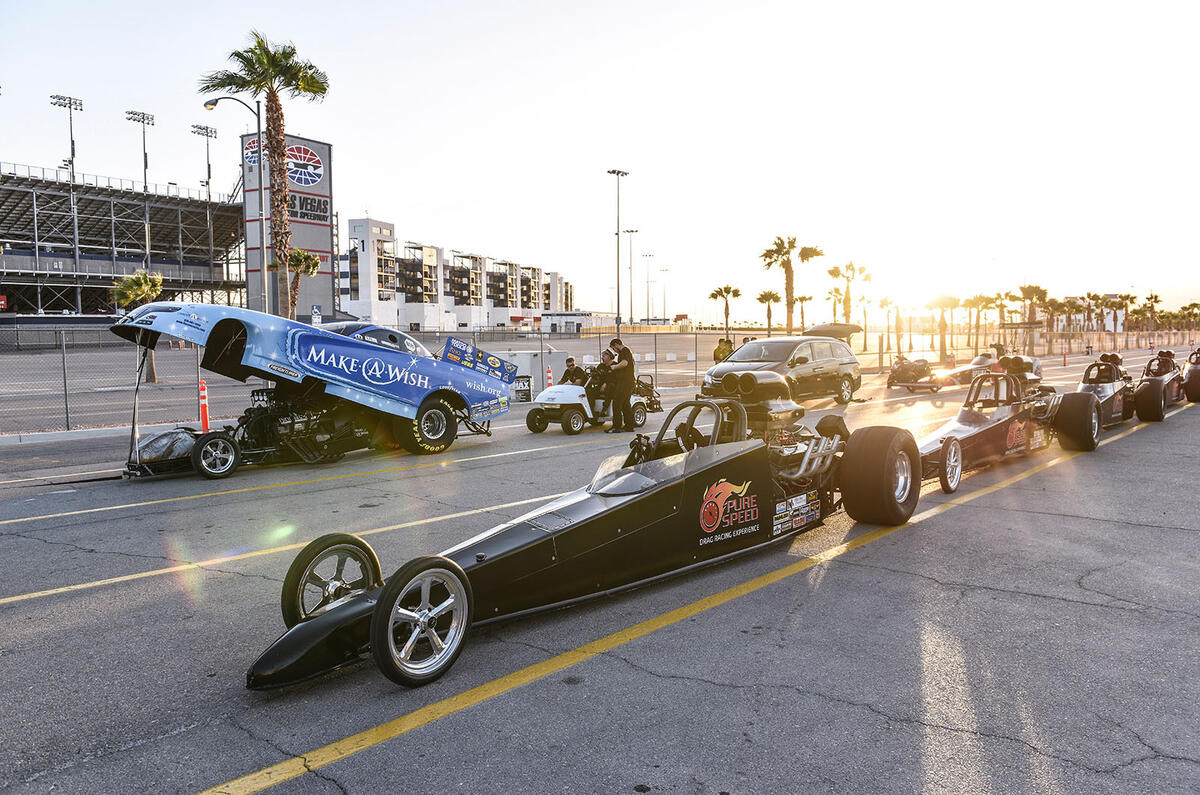
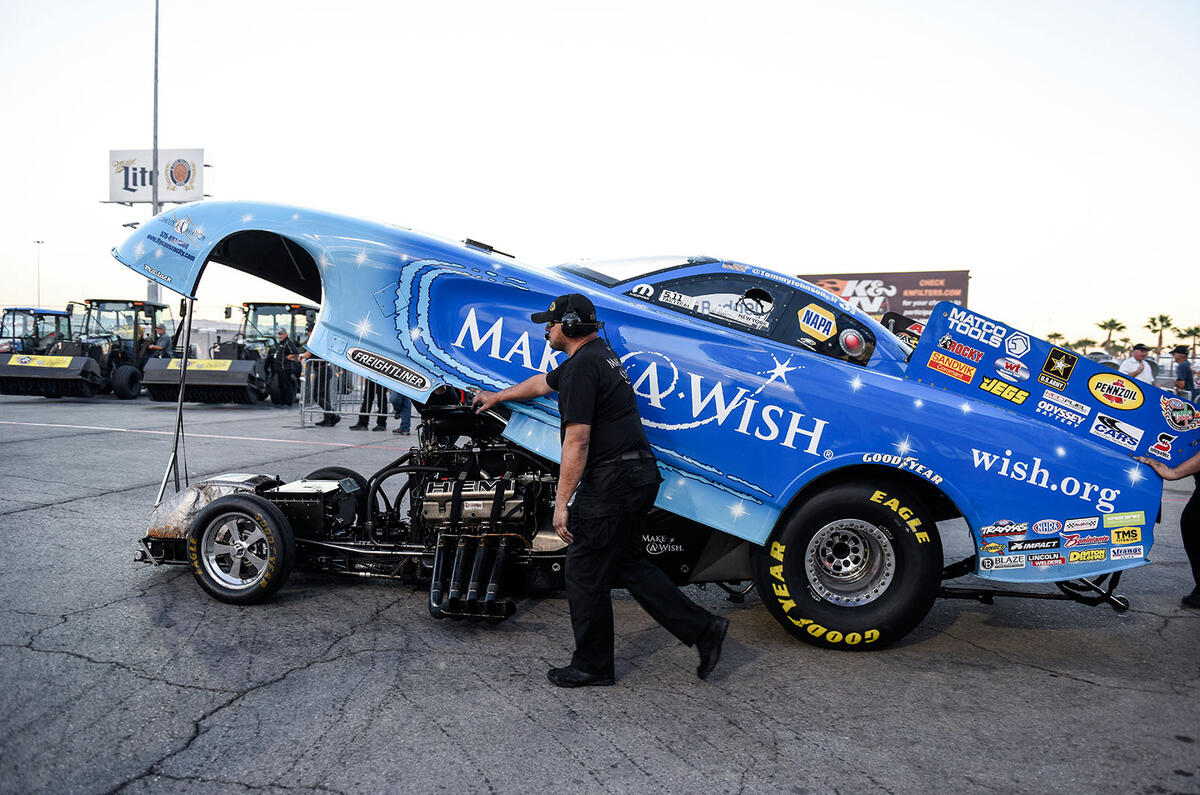
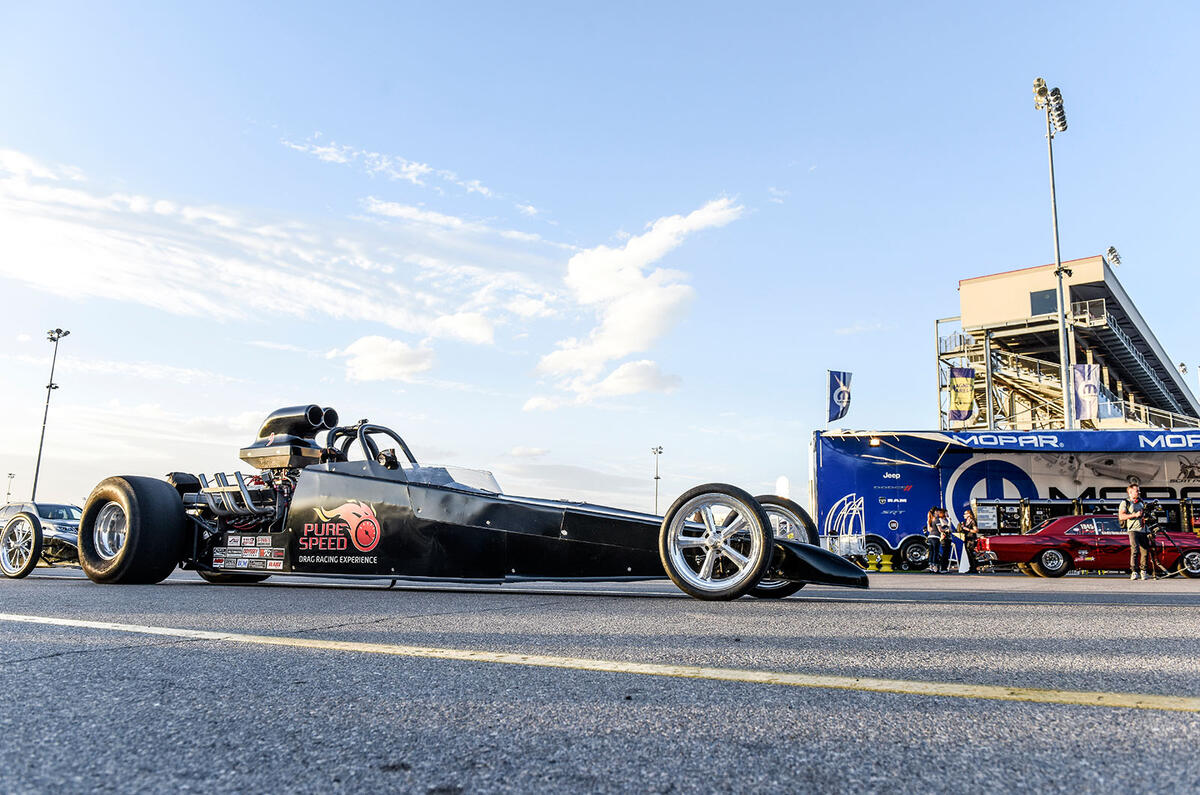
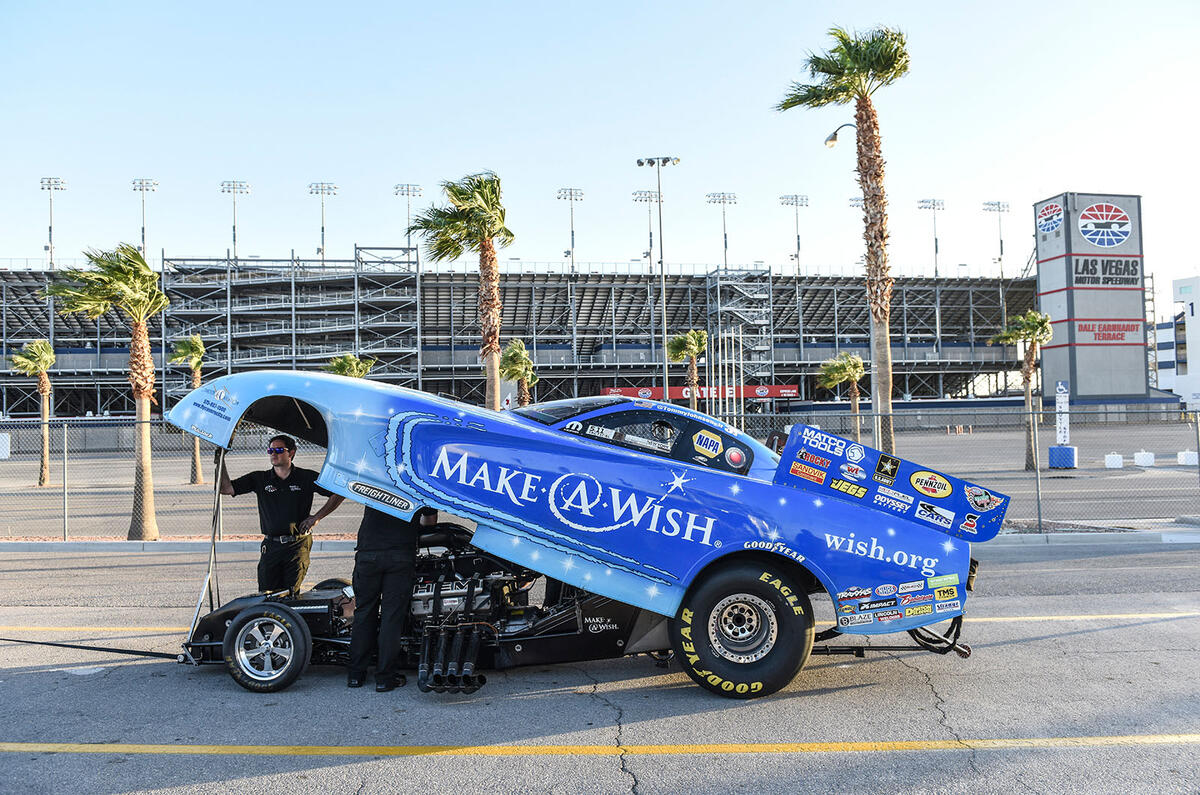


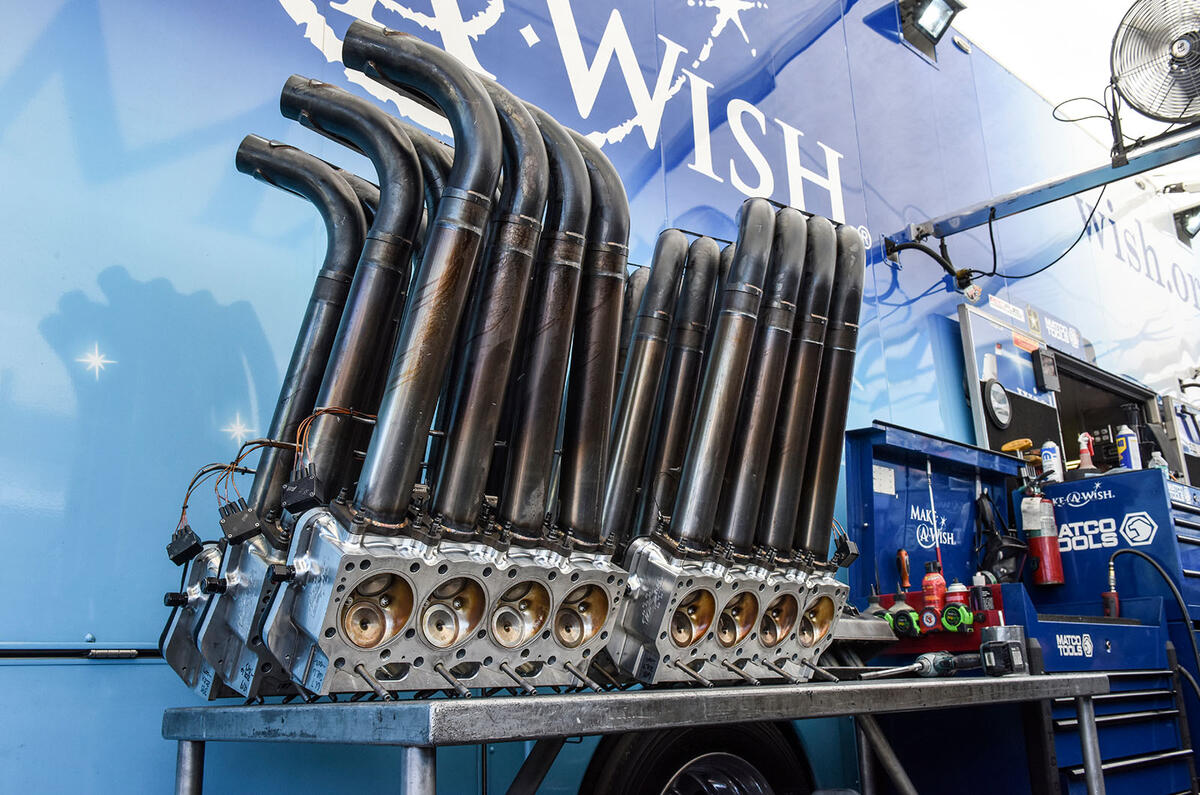

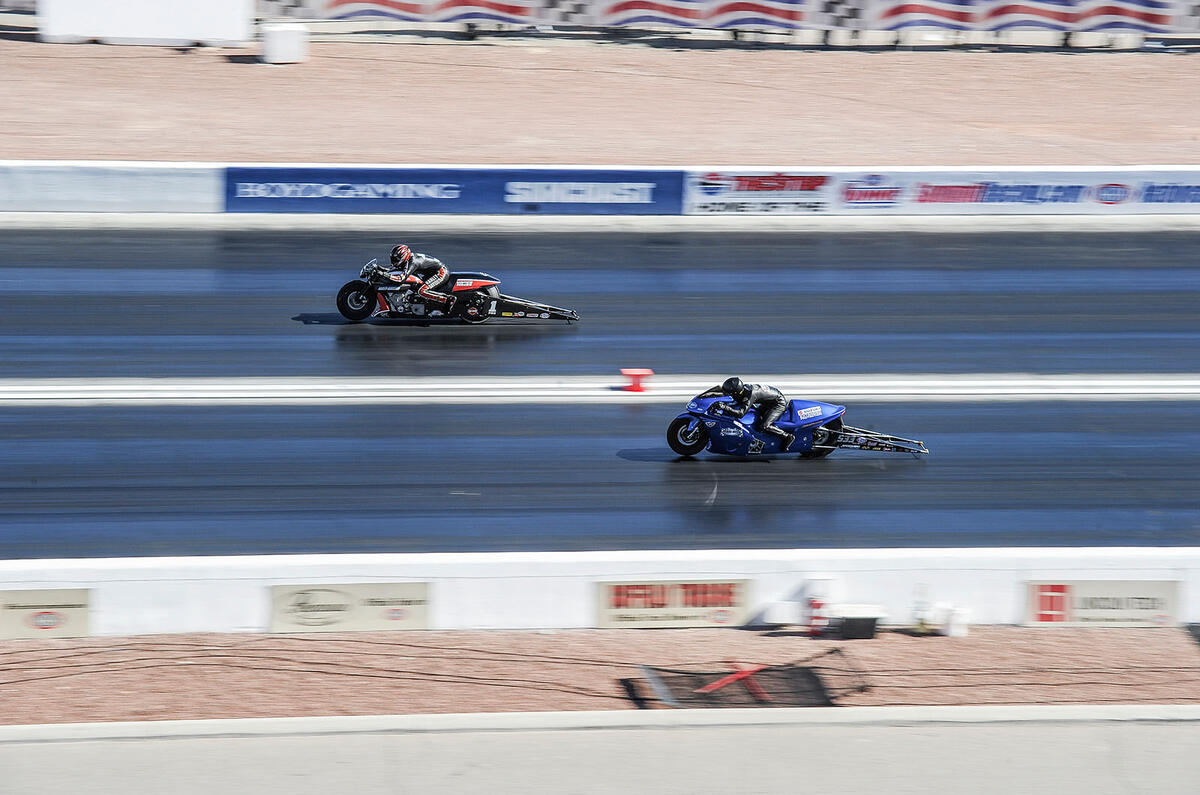
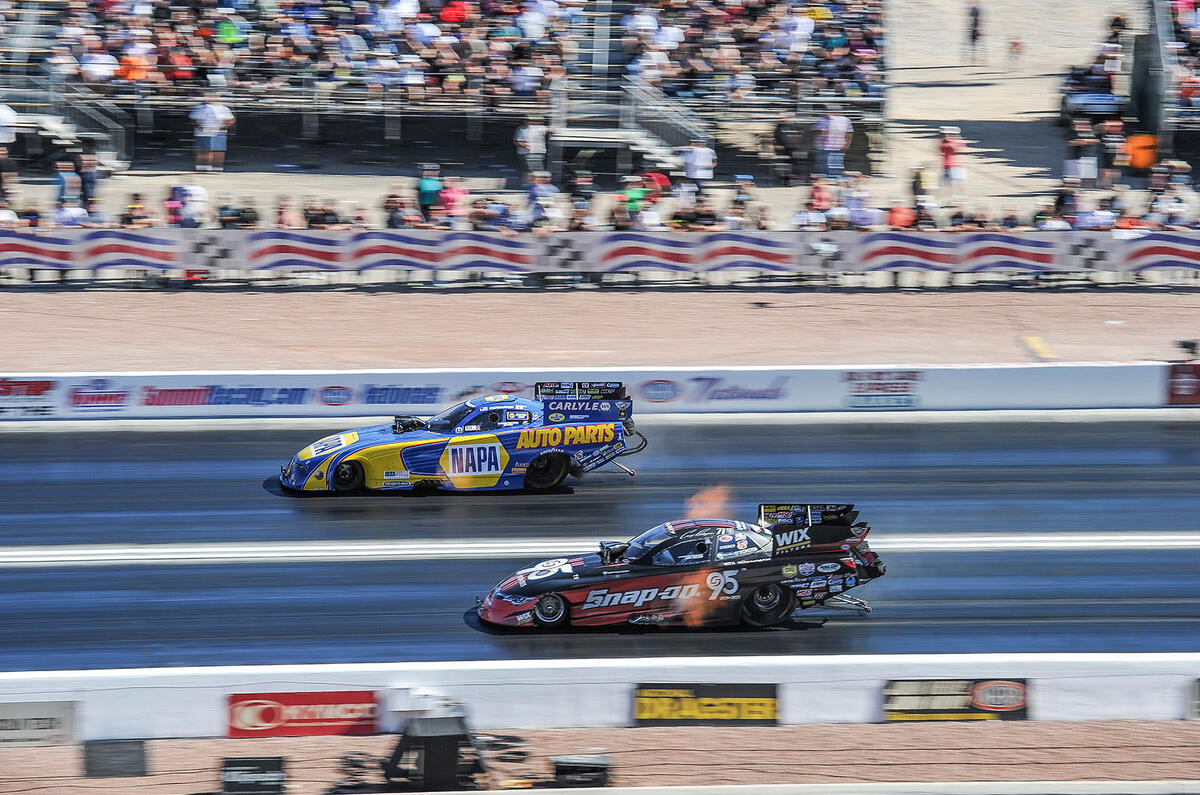


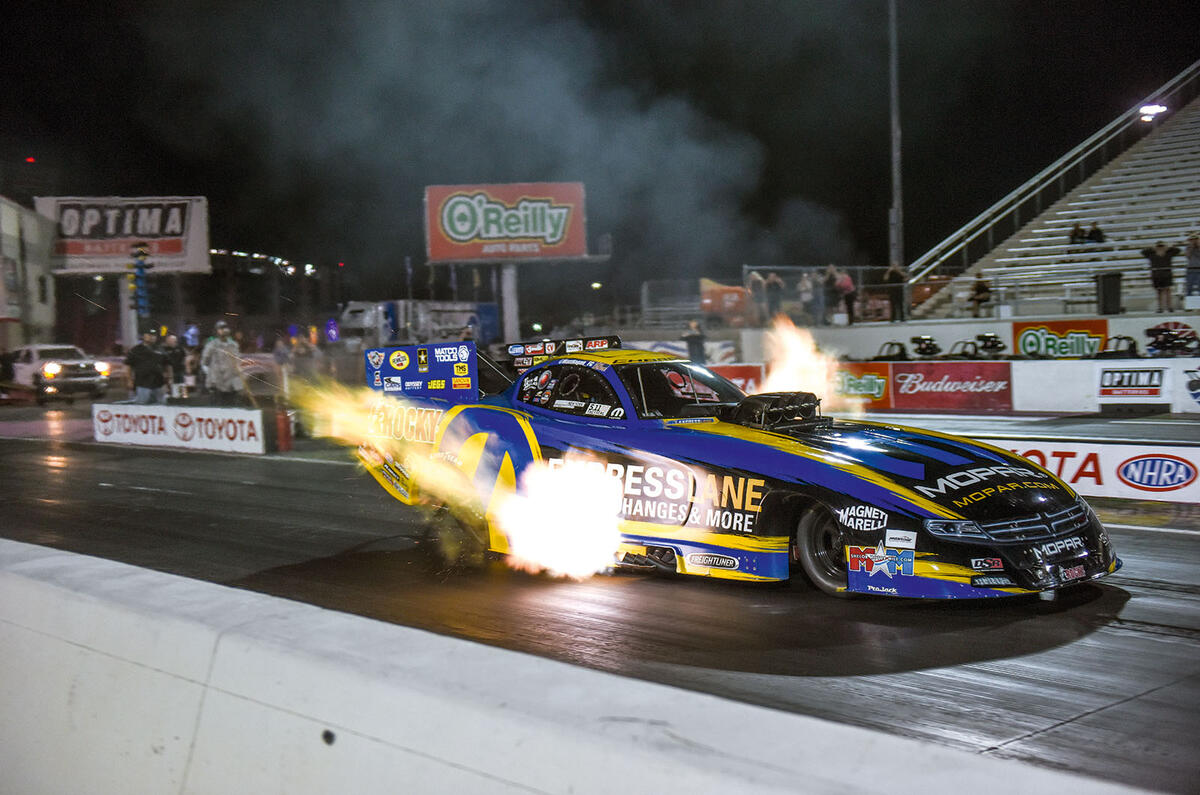
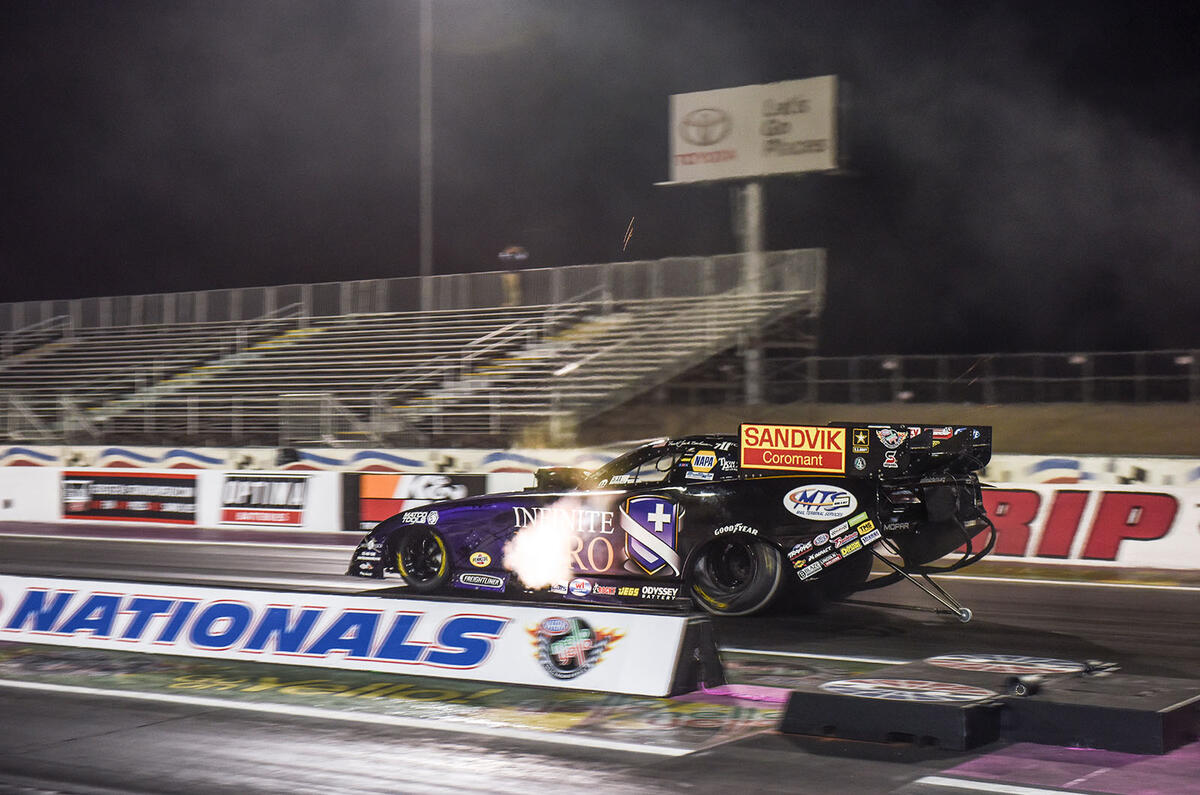
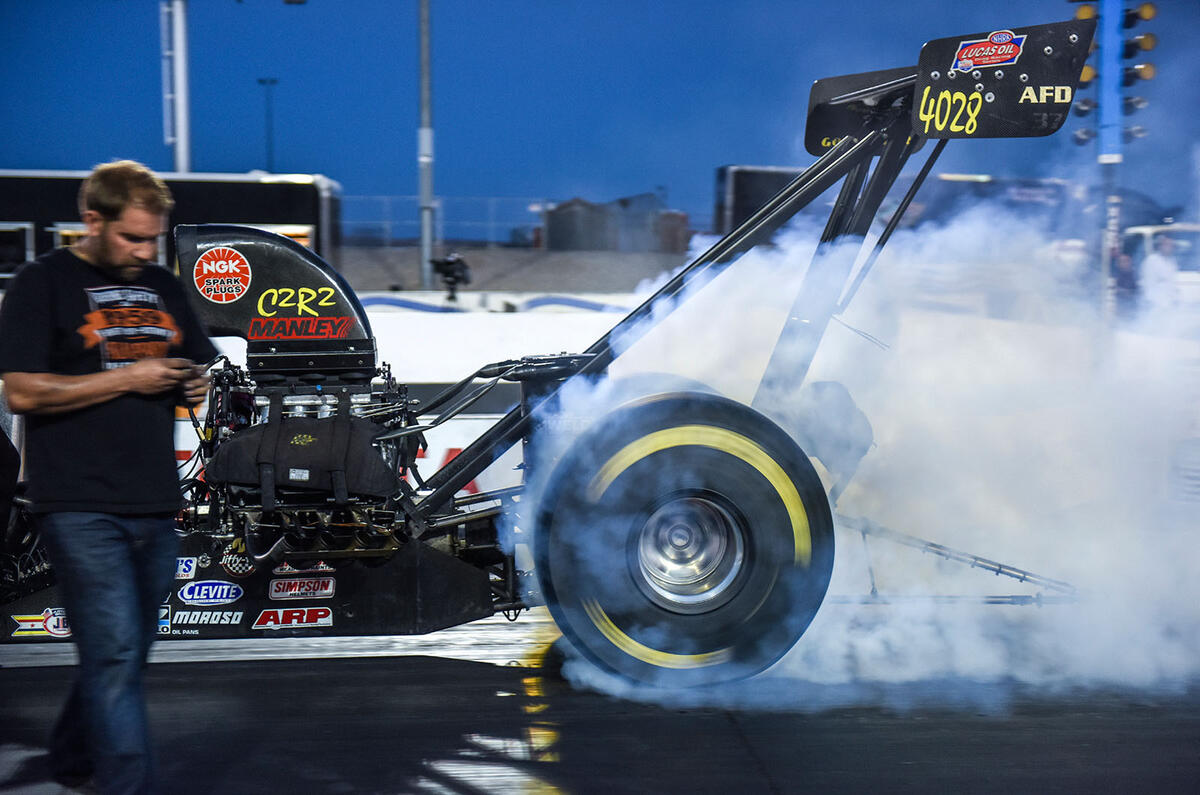

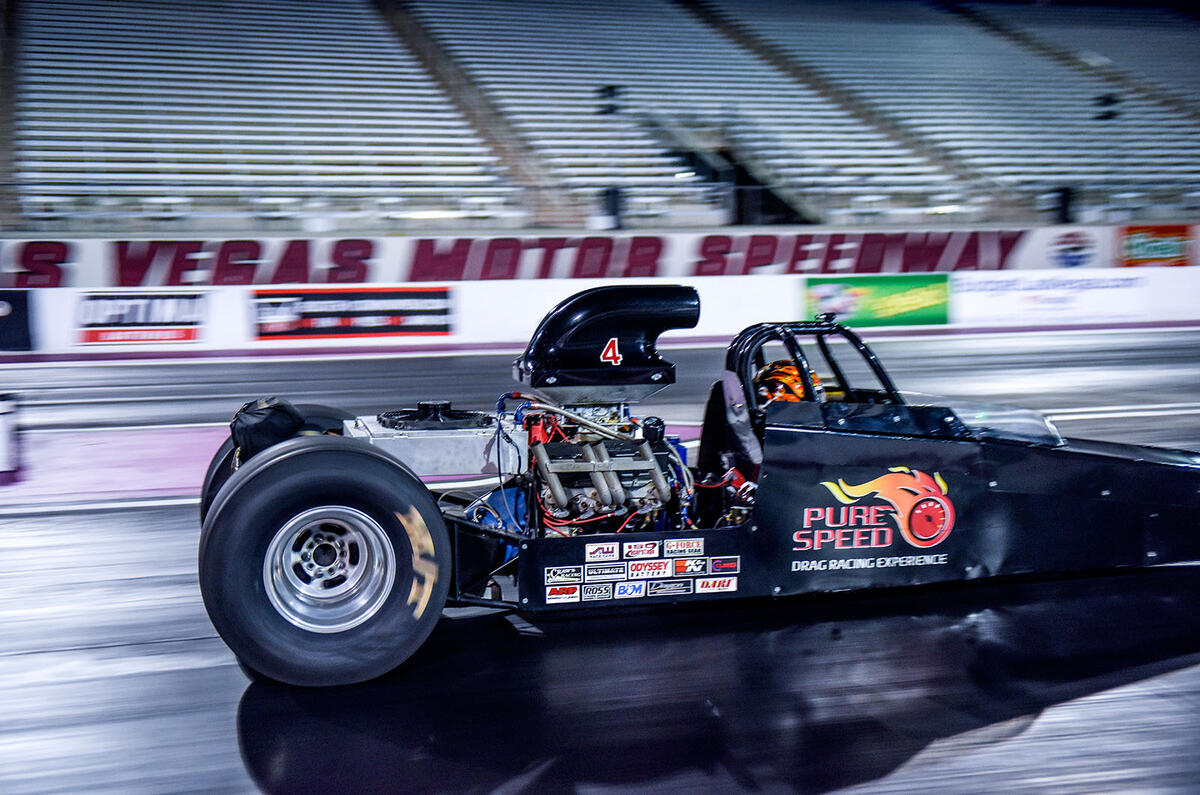
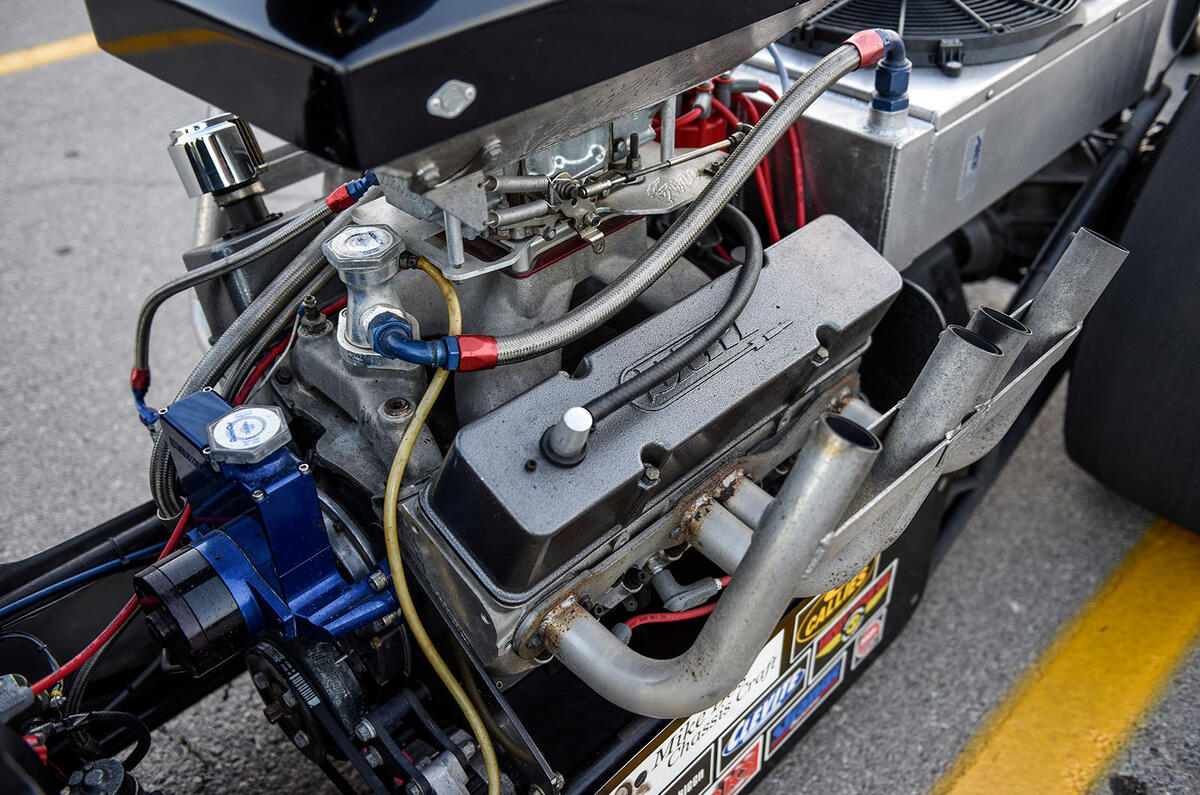
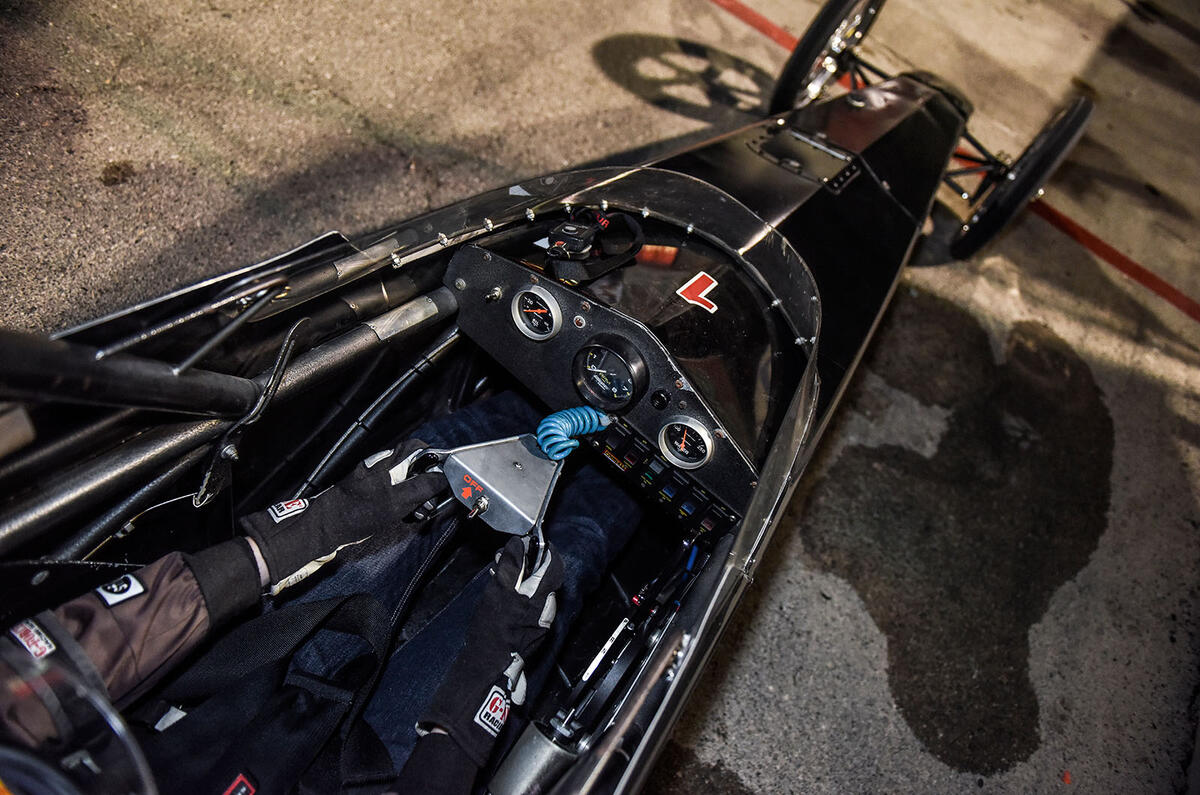
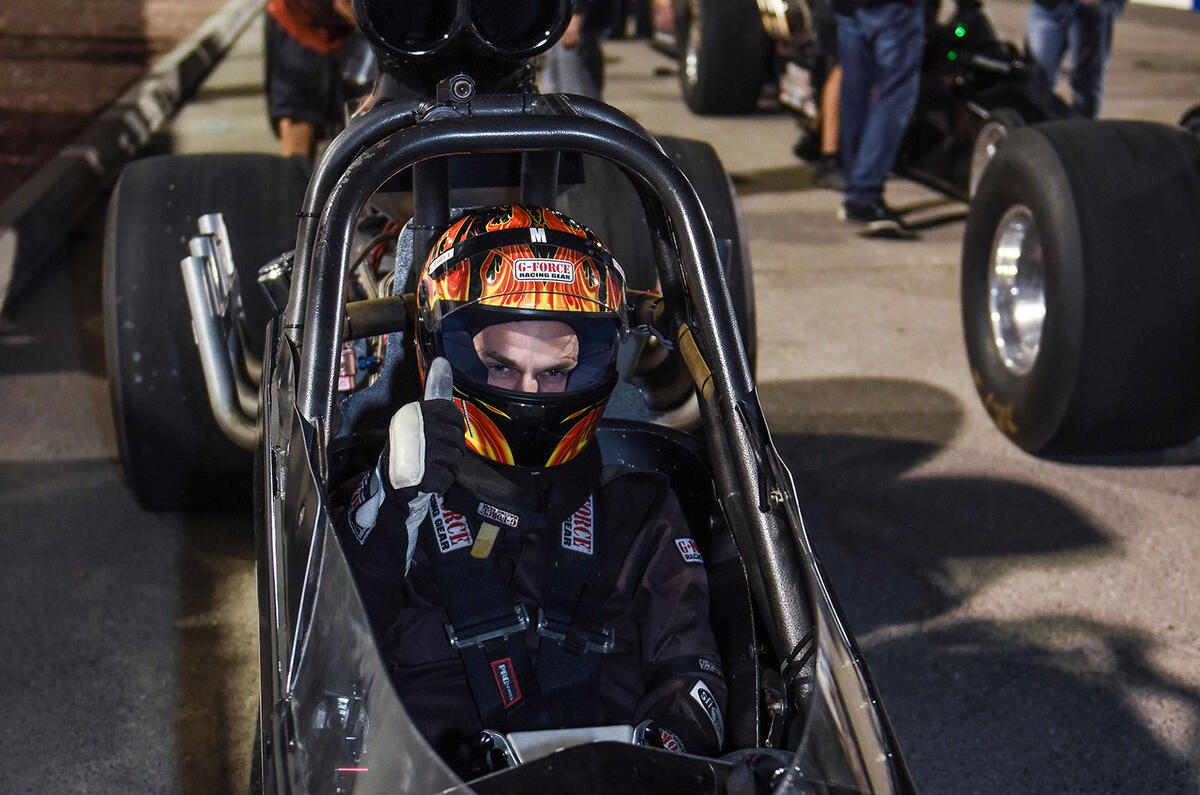
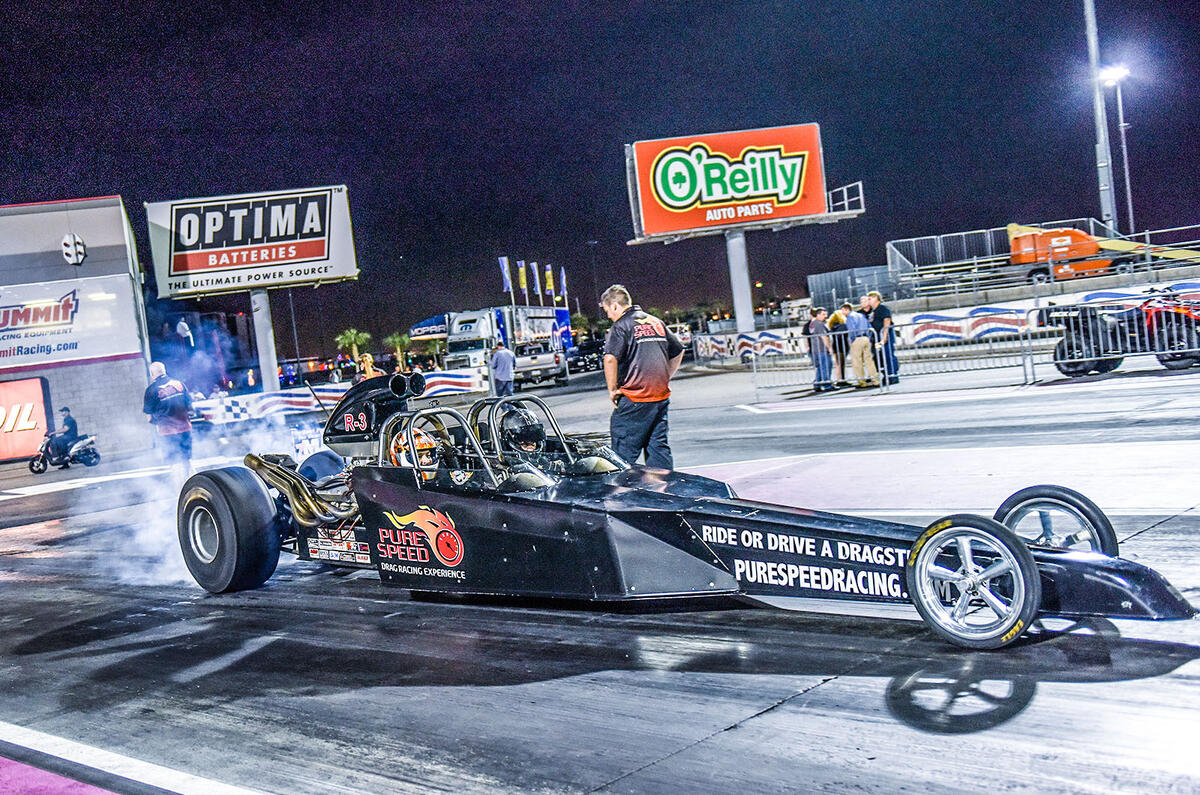
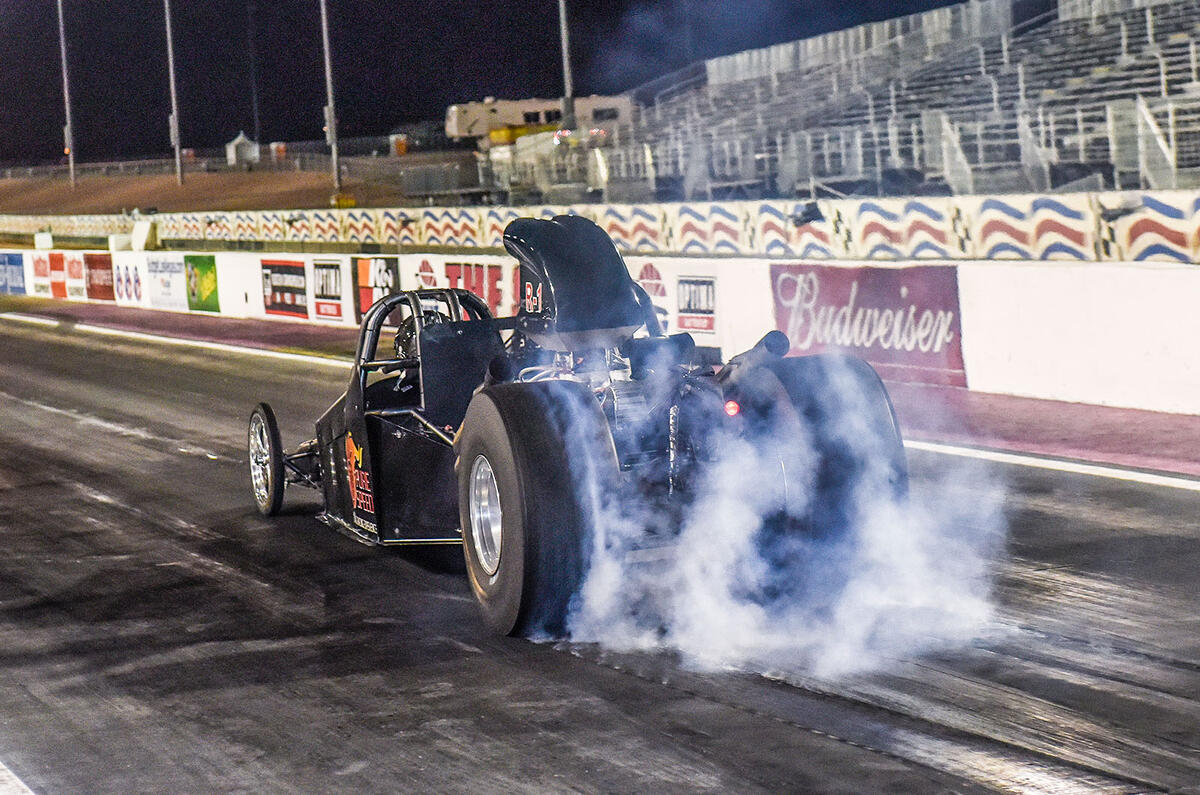
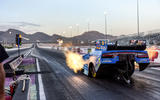
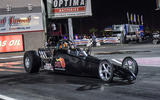
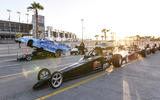

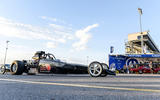
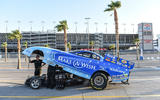
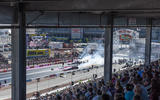
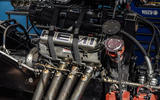


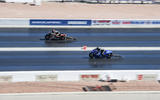
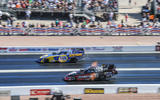

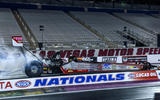
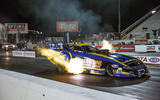

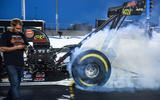
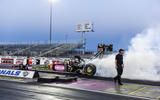
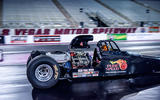

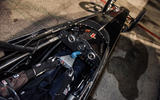
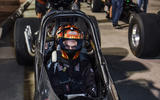

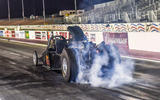

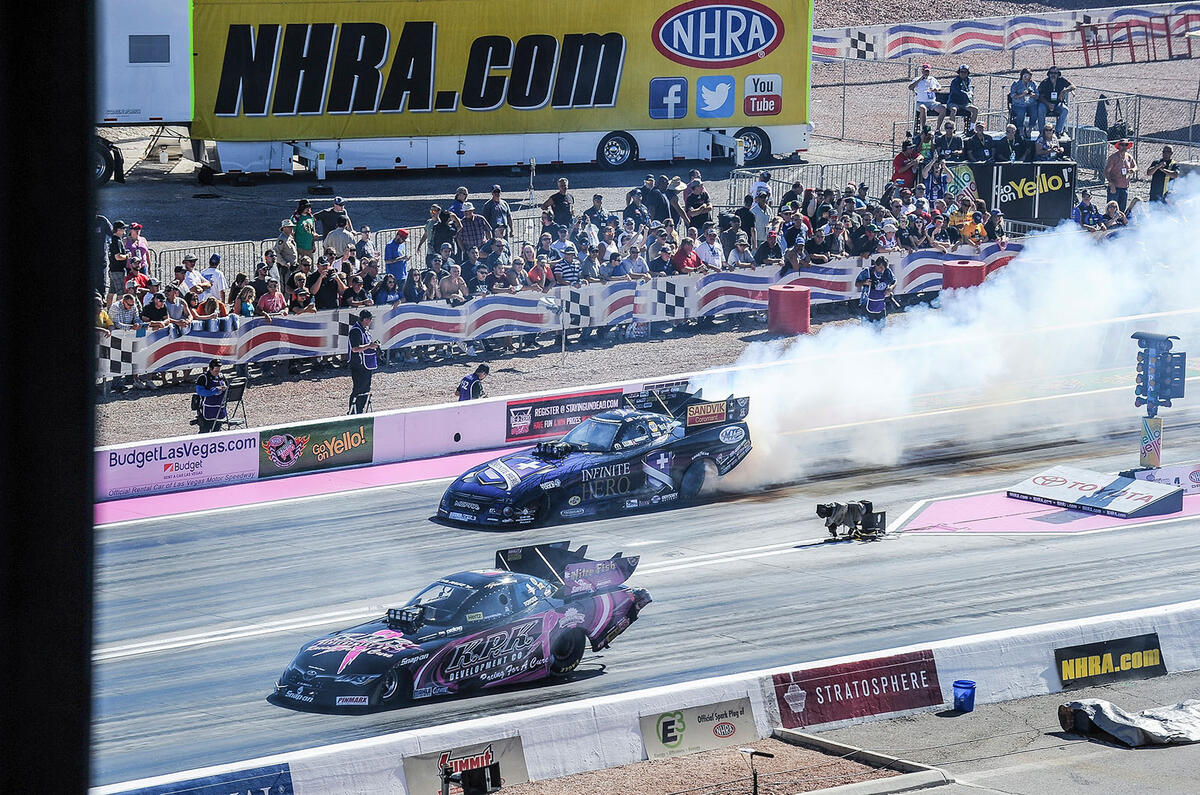
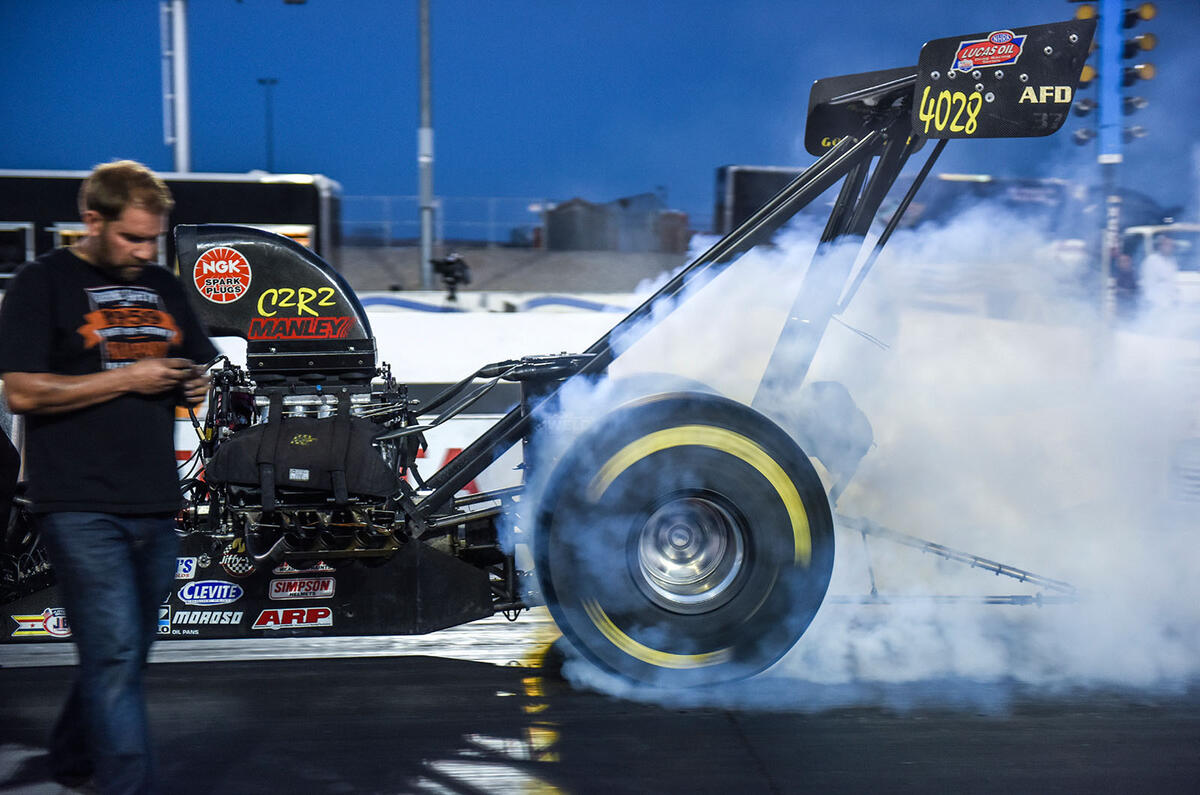






Join the debate
Add your comment
Amanitin hates noise and
Amanitin hates noise and believes you must all wear a tie and proper hat to drive leisurely down a country road with a picnic basket and bottle of champagne. Otherwise he not amused. Not at all...
@ Mark Tishaw
I try to get to the Pod once a year...usually the European Finals, to get my 'fix' of Nitro methanol!
I don't think Amanitin is a Drag racing fan...otherwise he would know that the level of ability/expertise goes up exponentially for every half second quicker than a 10 second pass. The guys running 4's to 6's have almost superhuman abilities (not to mention big cojones), as the car writhes all over the place when you have 8,000 HP under your foot.
Best not to underestimate the skill needed for this.
so uhm